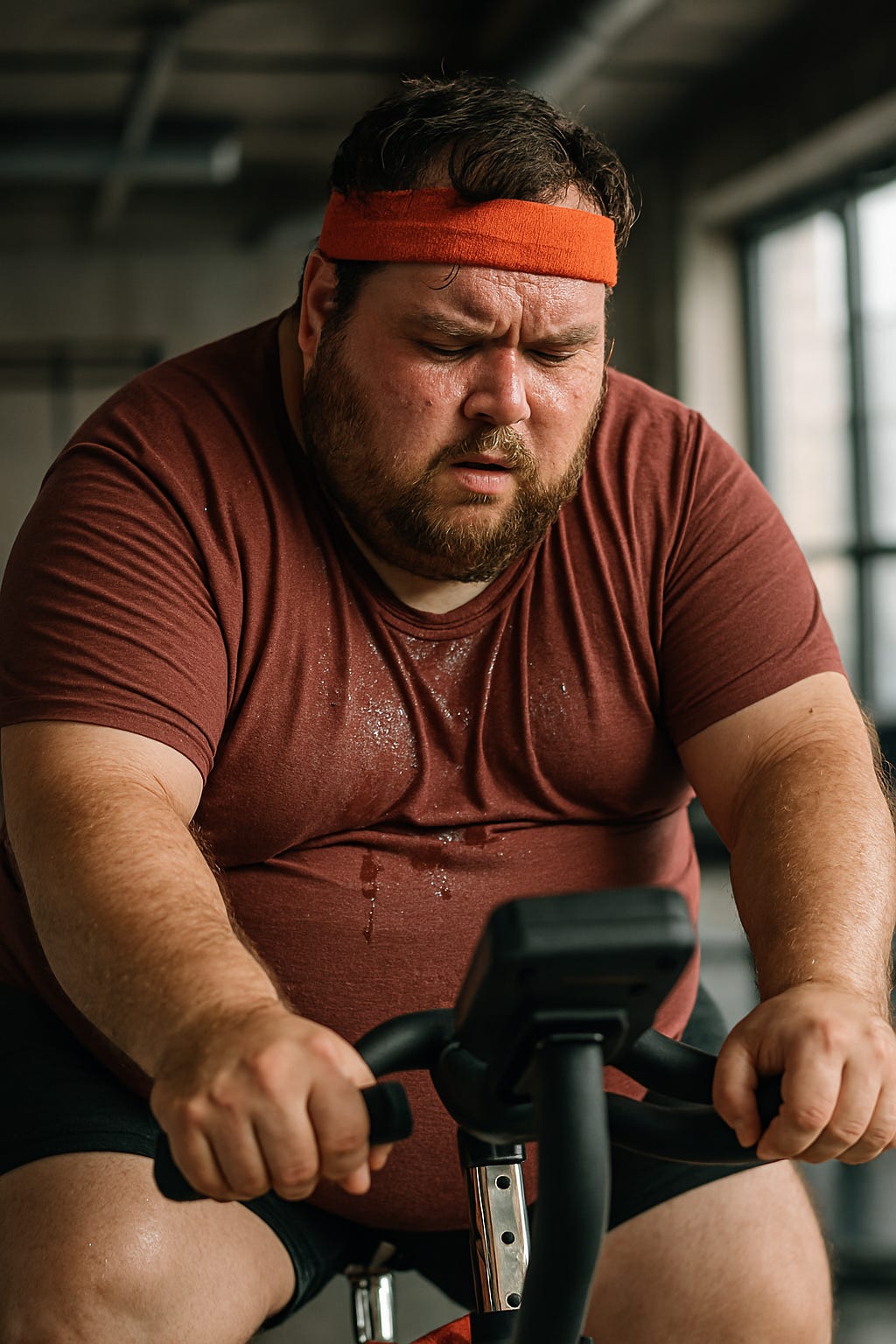The Personal Training Biz
Certified Personal Trainers (CPTs) follow a set of guidelines to ensure safety, effectiveness, and proper form during training sessions. In addition to stretching major muscle groups, here are some common rules and best practices they are typically taught:
Warm Up Properly: Ensure clients complete a proper warm-up (5–10 minutes of light activity) before starting the main workout to reduce injury risk.
Use Proper Form: Emphasize correct technique during all exercises to prevent injuries and maximize effectiveness.
Progress Gradually: Increase intensity, duration, or weight progressively to avoid overtraining or injury.
Balance Muscle Groups: Train both agonist and antagonist muscles (e.g., biceps and triceps) to prevent muscle imbalances.
Hydration: Encourage clients to stay hydrated before, during, and after workouts.
Cool Down: Incorporate a cool-down phase with light activity and stretching to promote recovery.
Individualized Training: Design programs tailored to the client's goals, fitness level, and health conditions.
Monitor Client Feedback: Pay attention to any signs of fatigue, discomfort, or pain and adjust accordingly.
Rest and Recovery: Emphasize the importance of rest days to allow muscles to recover and grow.
Core Strength: Include core training in programs to support posture, balance, and injury prevention.
Breathing Techniques: Teach proper breathing patterns to enhance performance and reduce dizziness or fainting risk.
Safety First: Be prepared to handle emergencies and have first-aid training, if required.
Use Progressive Overload: Gradually challenge muscles over time to promote strength and endurance improvements.
These rules are designed to create a safe, effective, and enjoyable workout experience for clients.
When you actually read the above list of what personal trainers do, it's almost comical—because if they were truly effective, we’d all have fantastic bodies by now. Fitness as an industry has been booming since the ’60s. We had Weight Watchers in 1963, and for a moment, we thought we were in a health revolution. President Kennedy even had his Presidential Council on Fitness. And yet—spoiler alert—it all flopped.
People like to say diets and exercise programs fail because people don’t follow them. That’s a nice little lie we tell ourselves. The truth? Trillions of dollars have been thrown at this industry. We’ve exercised, we’ve meal-planned, we’ve suffered through kale smoothies. And still, we’re here. It’s so bad that today, the biggest self-help gurus—hello, Mel Robbins—won't even touch the topic of dieting. It’s become a no-go zone. Nobody wants to talk about it because everyone now knows (even if they don’t want to admit it) that diets don’t work.
Need proof? Just look at Weight Watchers’ stock. It was $103 per share back when Oprah was selling the dream in 2018. Last week? A laughable $0.46. Diet books used to fly off the shelves. Now, nobody buys them because the illusion has shattered. The only "diet" that works? Ozempic and Mounjaro—drugs that prove this has never been about nutrient manipulation. It’s always been about one thing: how much you eat. Not in some obsessive calorie-tracking way, but in an actual, practical way—like, how many bites are you shoveling in?
Take the free 80Bites app. Sit down for a meal, have your drink, your dessert, and count. Most Americans can easily down 50-60 bites without blinking. And no, they don’t stop because they’re full. “Oh, I couldn’t eat another bite” used to be a thing people said 40 years ago. Now? Never!
And let’s talk about exercise. Or rather, let’s talk about how nobody even calls it that anymore. Now it’s just “movement.” In the ’80s, people were killing themselves in two-hour aerobics classes. By 1991, it collapsed under its own insanity. Fast forward to today? “Just 10 minutes a week and you’re good!” Oh really? 10 minutes is just a warm-up! But hey, if it makes people feel better, sure.
Then there’s this professional-sounding list of what personal trainers do. It looks thorough, but guess what? It’s missing the most important thing: looking at the actual body. I know yoga teachers who think yoga is the holy grail—some even trained in India—but ask them what kind of body their beloved yoga was built for, and they’ll go blank. Spoiler: It was designed for short, thin people with long torsos and open hips. That’s not most Americans, especially now, when thinness is practically extinct.
But back to exercise. I’ve done it all—Pilates, Barry’s, CrossFit, Orangetheory, Peloton, spinning, every crazy HIIT trend. I’ve been doing Pilates for 60 years. And still, we’ve ended up here: in a world where nobody knows what they’re doing, but they’ll happily pay for some new gimmick.
Case in point: This week, we launched the PhysicalMind Studio app. Someone in the South found it and wanted all the free content. She’d been trained by someone who was certified by PhysicalMind. This client bought a $5,000 reformer (the kind that weighs 300 lbs and takes up half a room). She wanted to learn Pilates Matwork, but somehow thought she couldn’t. Excuse me? There are THOUSANDS of free Pilates videos on YouTube. Beautiful ones, with great teachers and clear instructions. There are paid platforms, memberships, and free trials galore. Yet, she was convinced she needed something else.
Of course, what we offer is something new—the Tye4X, a wearable reformer. It’s not a 300-lb monster, it’s an 8-oz tool. It’s not $5,000, it’s $65. It fits in a purse. But that’s where we’re at—people convinced they need more, when really, they just need to start.
Dieting? We don’t call it that anymore. We say "food." Exercise? Nope, it’s "movement." And the biggest lie of all? That “eating healthy” is the magic trick. Nope. The truth is: eat less, eat less often, and let your body reset. Ozempic and Mounjaro prove it. Less food = less bloating, less inflammation, actual weight loss, and hormones that work for you instead of making you a bottomless pit of hunger.
That’s it, folks. Get the free 80Bites app and face the truth.



Yup… cuz if nothings broken who ever shall we pay to fix it